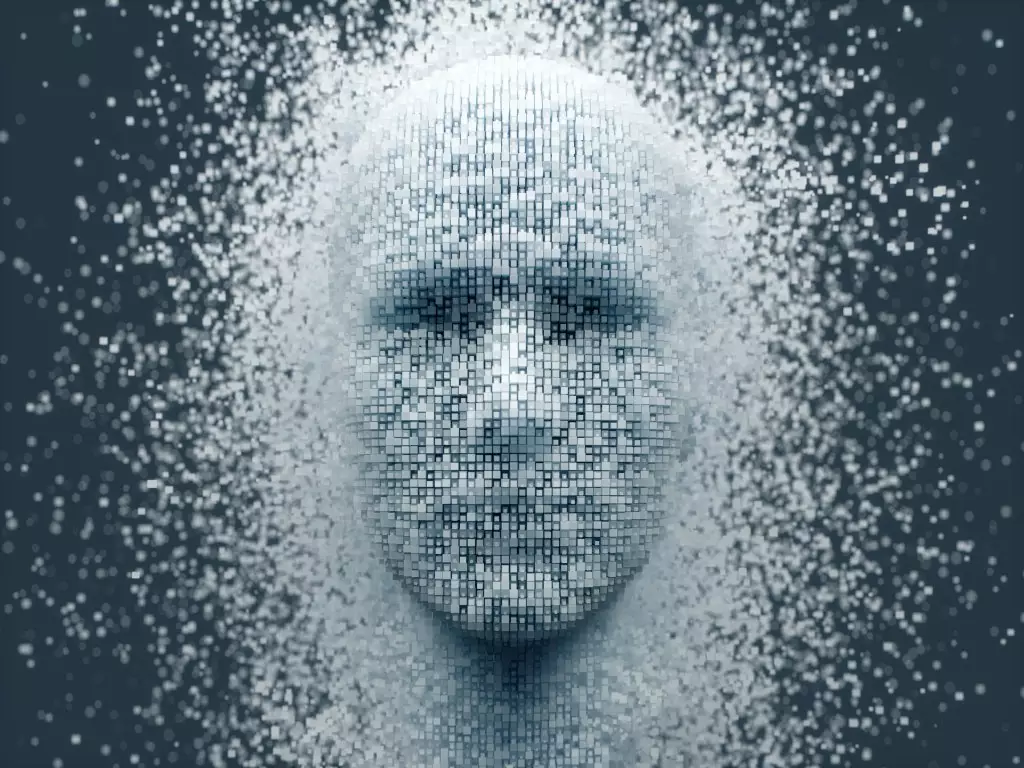The rapid evolution of artificial intelligence (AI) is reshaping numerous industries, but nowhere is this transformation more contentious than in the world of acting. Recently, Equity, the prominent actors’ union in the UK, has raised alarms over the unauthorized scanning of performers’ likenesses for digital replication. Notably, a letter advocating for stricter AI protections has drawn attention not only for its substance but also for the strong reaction it has elicited from the acting community. While the convenience and innovation promised by AI cannot be ignored, the ethical implications surrounding consent and the safeguarding of personal data remain largely unaddressed.
As performers increasingly find themselves at the mercy of technology, the pressing question arises: should they be more than just assets for potential AI exploitation? This scenario underscores the necessity for robust frameworks that not only protect actors but also ensure transparency in how these technologies interact with their creative work.
A Call to Action from the Industry’s Heart
The letter, signed by notable actors such as Tamsin Greig and Alan Davies, expresses deep concern over the ongoing negotiations with Pact, the producers’ trade body. With nearly 1,500 signatures from industry professionals, this grassroots movement reflects a growing consciousness among performers regarding their digital identities. Actors are becoming increasingly aware that the grains of their performances, their very essence, could be recorded and manipulated with little oversight or accountability.
Equity’s General Secretary, Paul Fleming, has taken a firm stance, indicating that the union is prepared for industrial action should the negotiations fail to yield satisfactory results. This readiness signals a significant turning point in the relationship between traditional performance art and the nascent wave of AI innovations. Performers have thus invoked a challenge not just to Pact but to the broader industry: to recognize the ramifications of AI technology on the creative landscape.
Navigating the Gray Areas of AI in Performance
Despite the push for transparency, the ongoing negotiations between Equity and Pact have not reached a fruitful conclusion, primarily due to differing opinions on how to regulate AI’s role in performance. While Pact remains tight-lipped, the perception of a lack of urgency around these critical discussions may lead to further tensions in the industry. Performers deserve comprehensive protections regarding how their likeness, voice, and personal data are utilized in the evolution of AI.
The absence of such safeguards not only jeopardizes the rights of performers but opens a Pandora’s Box of ethical dilemmas. Should actors be compensated every time their digital likeness is employed? Should they have the power to opt out of such technologies entirely? The responsibility to construct appropriate legal frameworks falls on policy-makers, producers, and unions alike, underscoring a collaborative effort to protect the livelihood of creative professionals.
Legislative Ramifications and Future Prospects
The UK’s movement towards implementing specific laws governing the use of copyright material in training AI models further complicates the dialogue. The government’s push for opt-out clauses poses significant implications for the future of actors in the country. Will creators retain their rights to control their personal data, or will they become mere commodities in an unregulated digital marketplace? As this legislative landscape evolves, it’s paramount that the voices of performers are not drowned out amidst the clamor for technological advancement.
Negotiations between Equity and Pact must prioritize these questions if they are to reflect the realities of the modern entertainment industry. The aims of AI, while inherently not malevolent, should align with the rights and interests of the individuals who infuse the industry with life and creativity.
With performers coming together, the call for change has never been louder. They are not merely resisting the encroachment of AI; they are advocating for their dignity and autonomy as creators. This movement presents an undeniable challenge to the industry—a call to evolve and adapt while maintaining ethical standards that honor the art of performance. The future landscape may be fraught with tensions, but the resolve among the acting community is a powerful force advocating for a fair and equitable resolution.
